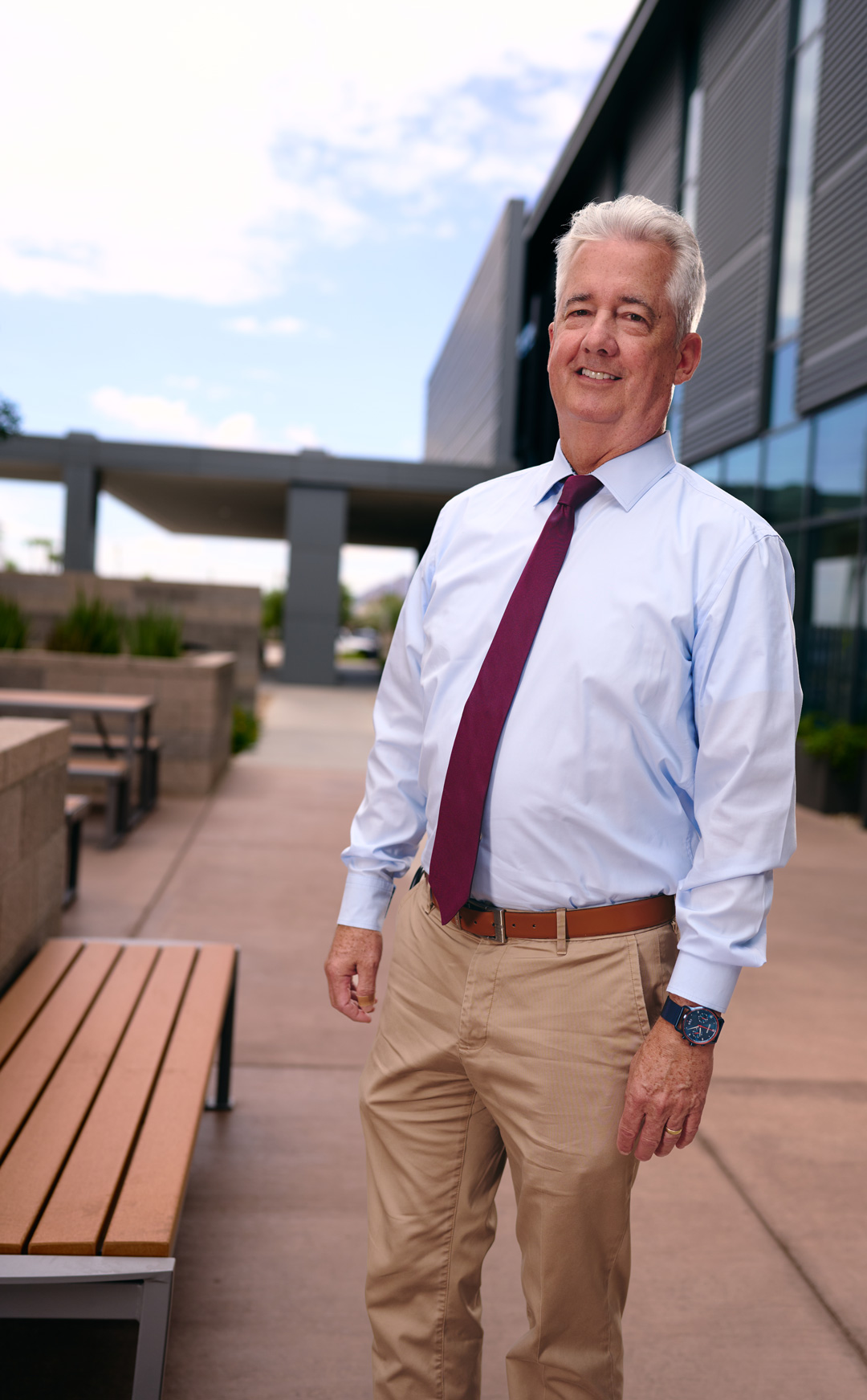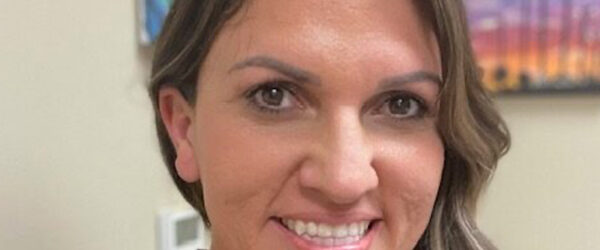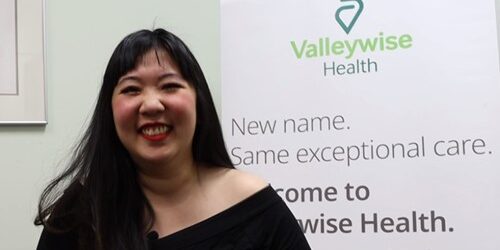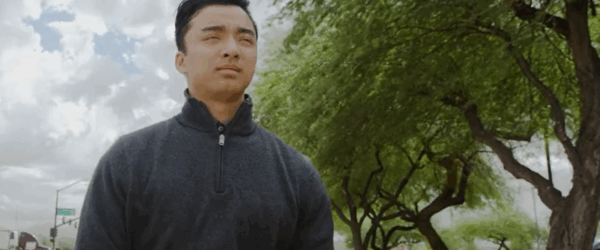Dr. David Wisinger Educates Future Physicians
Dr. David Wisinger didn’t start his college career wanting to be a physician. In fact, like many young people in the 1980s, he was inspired by Jacques Cousteau and had his sights set on becoming a marine biologist. But, in his senior year, a professor at Florida Tech encouraged him to explore medicine. With a love of science and a desire to help people, Dr. Wisinger found his calling.
After graduating from medical school, he chose to continue his training at what was then Maricopa Integrated Health System (now Valleywise Health) in Phoenix. At that point, Dr. Wisinger had never been west of the Mississippi, but the Southwest quickly became his home.
Thirty-five years later, Dr. Wisinger is still part of the organization that inspired him as a young doctor. However, the shoe is on the other foot as he trains the next generation of internal medicine physicians as the Valleywise Health chair of medicine.


“When I joined Valleywise in 1986, the training for residents, especially in public hospitals, was fairly loose,” said Dr. Wisinger. “There was a lot of on-the-job training by residents, who were taking care of patients independently and relying on each other to do whatever was needed.”
“The ambiance, material and plight of these patients provided a remarkable learning opportunity, but we needed better instruction,” he said. “That is part of what inspired me to stay here to become a faculty member and teacher so we could give subsequent residents better instruction and a better environment to learn and give back to a community that needs support.”
In addition to being the Valleywise Health chair of medicine, Dr. Wisinger serves as professor of medicine and Dr. James P. Laumond Endowed Chair in Medicine at Creighton University School of Medicine. Over the last three and a half decades, he has taught hundreds of medical students and internal medicine residents as the residency program director, chair and professor of medicine.
According to Dr. Wisinger, training practitioners to take care of people who are underserved in a community health or safety net system is different because the patients are different. Their needs and goals are different and the challenges these patients face affect the caregiver.
“It takes a special type of person to care for the underserved,” said Dr. Wisinger. “If you’re not trained to understand and empathize with the patient and their circumstances, it will affect how the patient receives and follows through with their care.”
There are many reasons physicians choose to train at Valleywise Health, but two stand out to Dr. Wisinger. Patients who come to Valleywise Health often have more complex conditions, allowing new doctors to provide care for more medically challenging patients. Additionally, at a teaching hospital, practitioners get the opportunity to be more intimately involved and hands-on with patient care than in a typical hospital setting.
“As a new physician, you are not going to solve all a patient’s problems in one visit,” Dr. Wisinger said. “You’re probably not going to solve all their problems in your entire career. But if you’re attuned to their problems, you’ll be more effective.”
For Dr. Wisinger, the investment in teaching at Valleywise Health is not just about training practitioners who are going to care for the underserved at a safety net hospital. It’s also about training practitioners to take care of patients well, no matter what their social circumstances entail.
“If as a physician you don’t understand there is a uniquely different way to approach our patient population, you’re missing out on connecting with them, which is a disservice to everyone involved,” he concluded.



